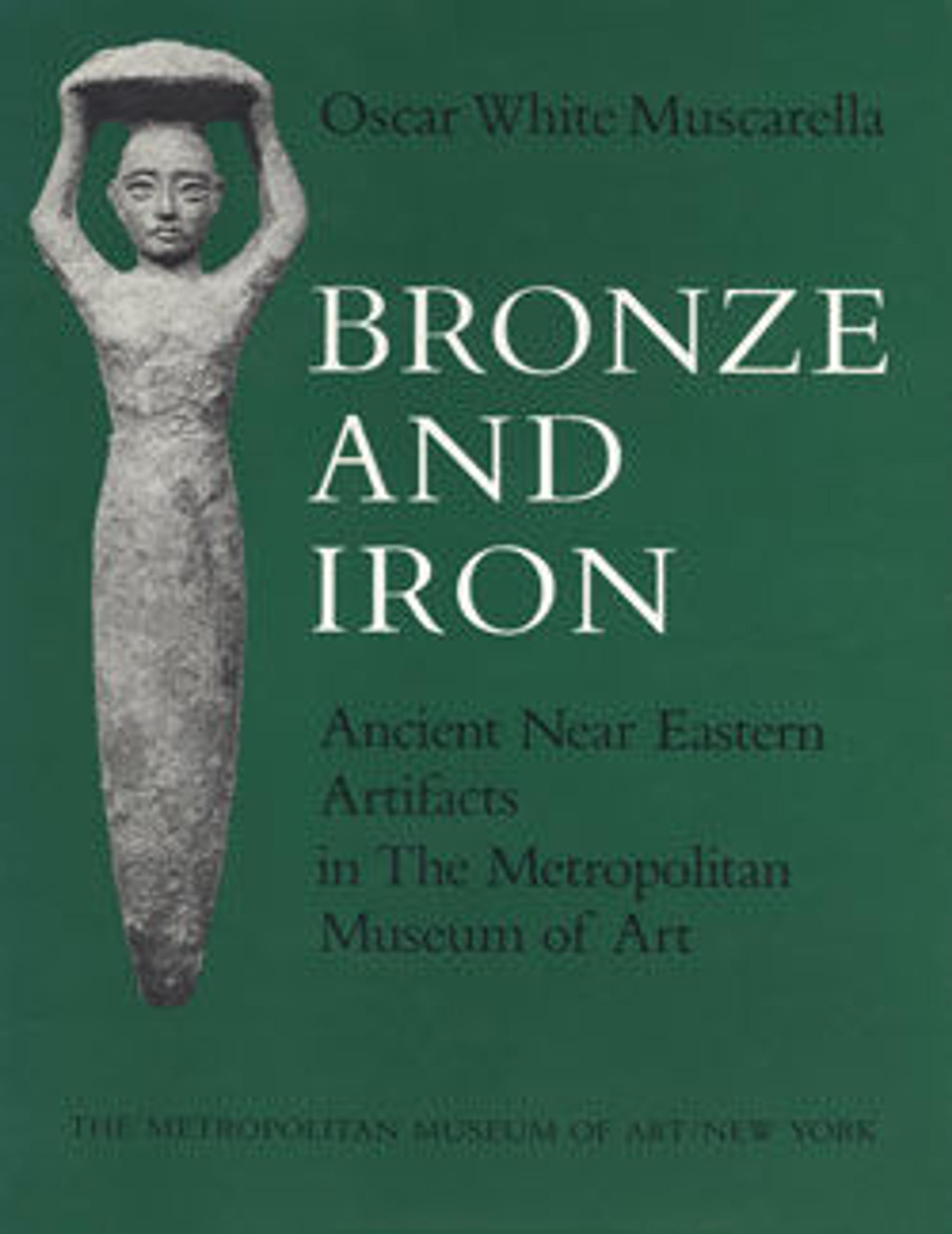Phoenician-style ewer
Vessels of similar form and construction have been excavated in Cyprus, Italy, and the Iberian Peninsula, with related ceramic examples from Cyprus and the Levant. The piriform shape of this vessel is divided into two sections by a narrow raised band. The convex lower body rests on a hollow ring foot above which the elegant neck gradually tapers into a trefoil lip. A three-ridged handle spouts from a palmette with tendrils and attaches the lower body to the lip. At the top of the handle the three ridges transform into three snake heads, the central one of which extends directly into the vessel. The closest parallel to this ewer is an example from Niebla in Spain, at the Instituto de Valencia de Don Juan, Madrid, which has looped snake heads at the top of the handle.
Artwork Details
- Title: Phoenician-style ewer
- Period: Iron Age
- Date: ca. 7th–6th century BCE
- Geography: Iberian Peninsula
- Medium: Bronze
- Dimensions: 14 in. × 6 7/8 in. × 6 3/4 in. (35.6 × 17.4 × 17.1 cm)
- Credit Line: Purchase, Joseph Pulitzer Bequest, 1955
- Object Number: 55.121.1
- Curatorial Department: Ancient West Asian Art
More Artwork
Research Resources
The Met provides unparalleled resources for research and welcomes an international community of students and scholars. The Met's Open Access API is where creators and researchers can connect to the The Met collection. Open Access data and public domain images are available for unrestricted commercial and noncommercial use without permission or fee.
To request images under copyright and other restrictions, please use this Image Request form.
Feedback
We continue to research and examine historical and cultural context for objects in The Met collection. If you have comments or questions about this object record, please contact us using the form below. The Museum looks forward to receiving your comments.
